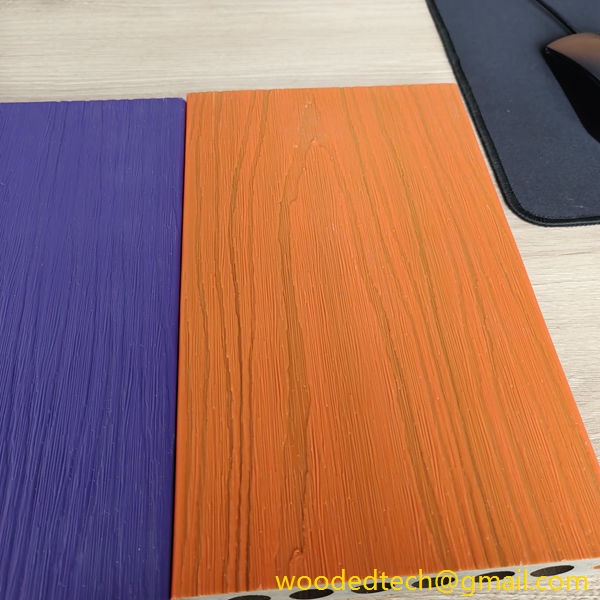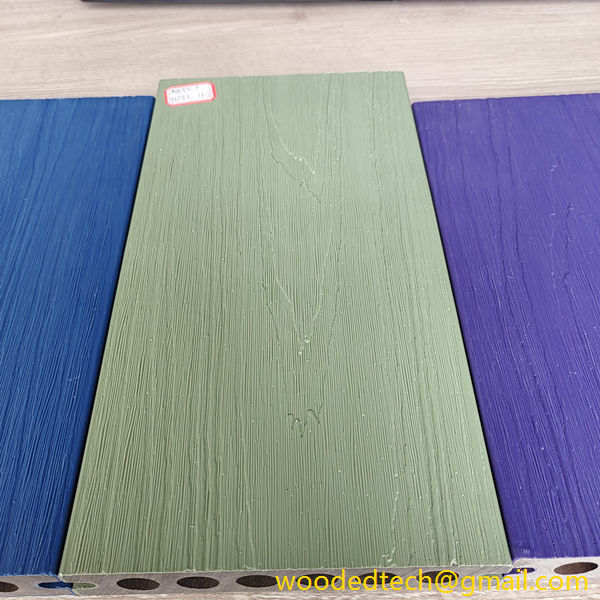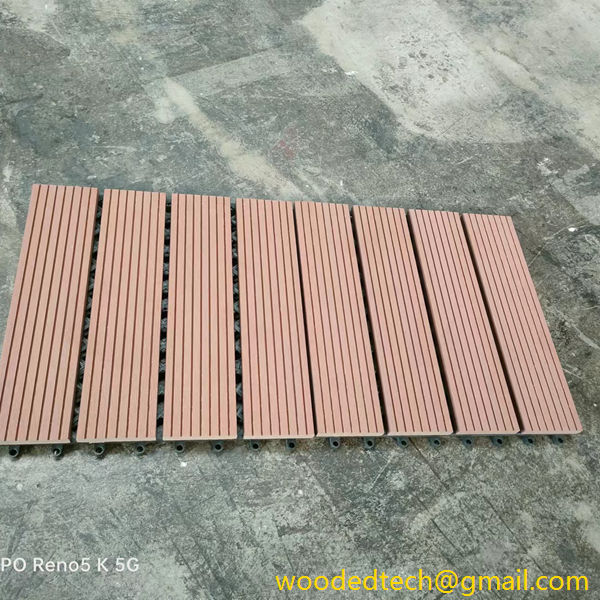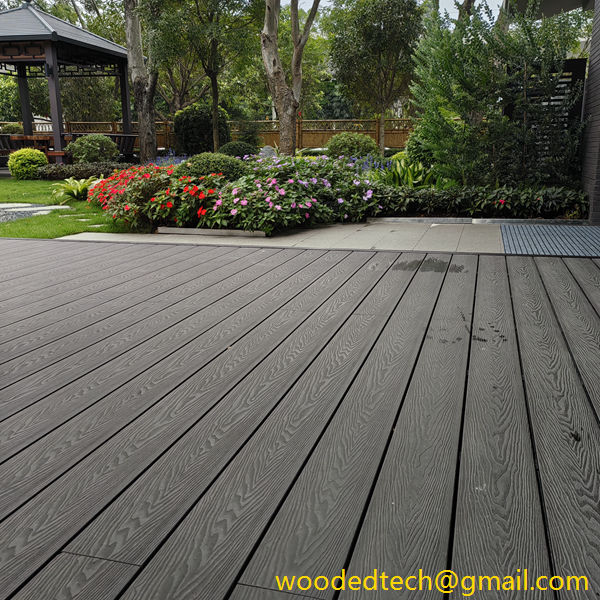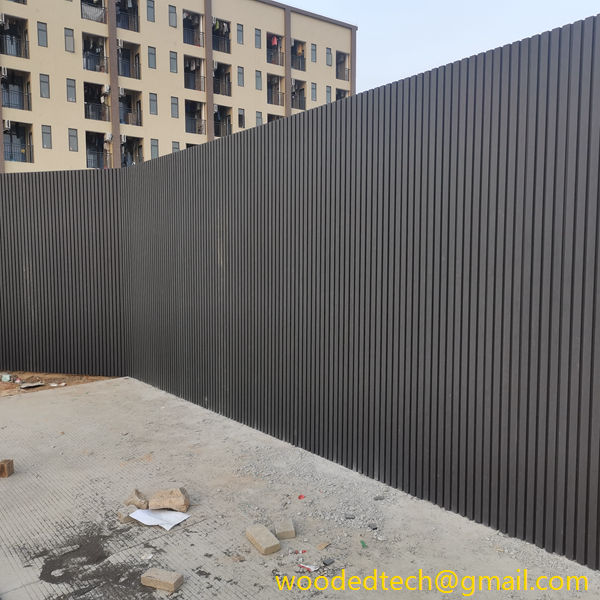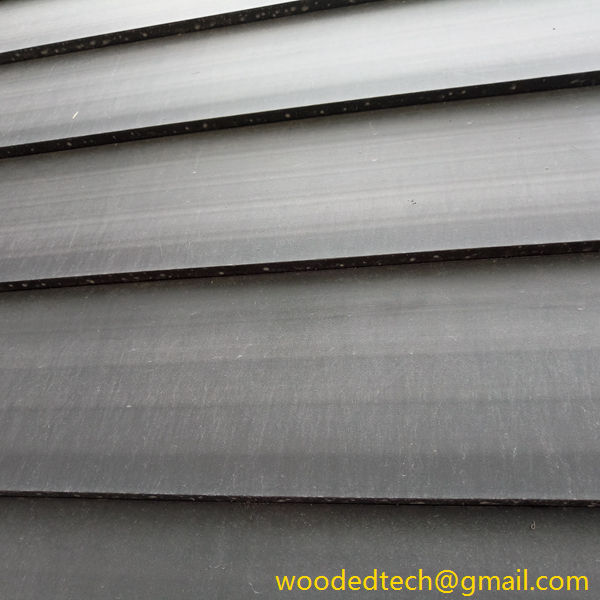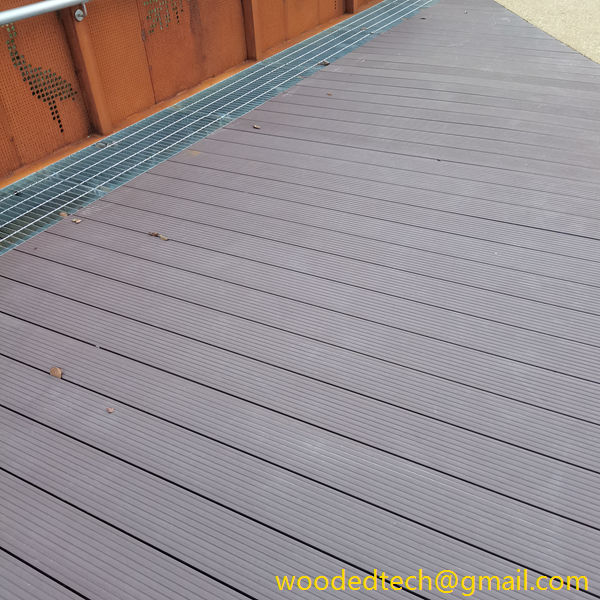Green Composite Deck Boards: Discover the Benefits of Green Composite Deck Boards for Your Project
Green Composite Deck Boards: Discover the Benefits of Green Composite Deck Boards for Your Project In recent years, the construction and landscaping industries have witnessed a significant shift toward sustainable materials, particularly in outdoor applications like decking. Among the various options available, green composite deck boards have emerged as a popular choice for homeowners and…
Green Composite Deck Boards: Discover the Benefits of Green Composite Deck Boards for Your Project
In recent years, the construction and landscaping industries have witnessed a significant shift toward sustainable materials, particularly in outdoor applications like decking. Among the various options available, green composite deck boards have emerged as a popular choice for homeowners and builders alike. These innovative materials combine recycled plastics with wood fibers, creating a product that not only looks great but also offers numerous environmental benefits. By examining the global production capacity and distribution of these materials, we can better understand the factors driving their popularity and the advantages they bring to construction projects.
One of the primary benefits of green composite deck boards is their eco-friendliness. Traditional wood decking often leads to deforestation and habitat destruction, as timber is harvested from forests that take years to regenerate. In contrast, green composite materials utilize recycled plastics and reclaimed wood fibers, significantly reducing the demand for virgin timber. This not only helps to preserve natural resources but also minimizes waste. By diverting plastics from landfills and using scrap wood that would otherwise go unused, the production of composite deck boards plays a crucial role in promoting a circular economy.
From a global production capacity perspective, the manufacturing of green composite deck boards has expanded significantly in recent years. This growth can be attributed to several factors, including advances in technology, rising consumer awareness about sustainability, and increased demand for environmentally friendly building materials. Major manufacturers have invested in state-of-the-art facilities that can efficiently produce high-quality composite materials while minimizing energy consumption and waste generation.
The distribution of green composite deck boards is also noteworthy, as it reflects a growing commitment to sustainability across various regions. Countries with strong environmental regulations and a focus on green building practices, such as the United States, Canada, and several European nations, have seen a surge in the availability of these products. Retailers and distributors are increasingly stocking green composite options to meet consumer demand, making it easier for contractors and homeowners to access these sustainable materials.
In addition to environmental benefits, green composite deck boards offer several practical advantages that make them an attractive choice for outdoor projects. For one, they are remarkably durable and resistant to the elements. Unlike traditional wood, which can warp, splinter, and rot over time, composite boards are engineered to withstand moisture, UV exposure, and extreme temperatures. This longevity translates to lower maintenance costs and fewer replacements over the life of the deck, making it a sound investment for homeowners and contractors.
Another significant advantage of green composite deck boards is their aesthetic appeal. Available in a wide range of colors and textures, composite materials can mimic the look of natural wood without the associated drawbacks. Homeowners can achieve the desired aesthetic for their outdoor spaces while benefiting from the enhanced performance and sustainability of composite materials. Many manufacturers also offer customizable options, allowing for greater creativity in design.
Furthermore, green composite deck boards contribute to energy efficiency in construction projects. Because these materials are often manufactured using recycled content, they require less energy to produce than their traditional counterparts. Additionally, the energy savings continue throughout their lifespan, as composite decks do not require the same level of maintenance, painting, or staining that wood decks do. This reduced need for maintenance not only saves energy but also minimizes the use of harmful chemicals that can leach into the environment.
As global awareness of climate change and environmental issues continues to grow, the demand for sustainable building materials like green composite deck boards is expected to rise. Manufacturers are responding by increasing their production capacity and exploring innovative ways to incorporate more recycled content into their products. This ongoing commitment to sustainability is likely to drive further advancements in the technology and design of composite materials, making them an even more compelling option for future projects.
In conclusion, green composite deck boards represent a significant advancement in sustainable building materials. Their eco-friendliness, durability, and aesthetic appeal make them an excellent choice for outdoor decking projects. The global production capacity and distribution of these materials reflect a growing commitment to sustainability across various regions, driven by consumer demand and advancements in manufacturing technology. As the construction industry continues to prioritize environmentally friendly practices, green composite deck boards are poised to play a crucial role in shaping the future of outdoor spaces. By choosing these innovative materials, homeowners and builders can contribute to a more sustainable future while enjoying the benefits of a beautiful and long-lasting deck.

